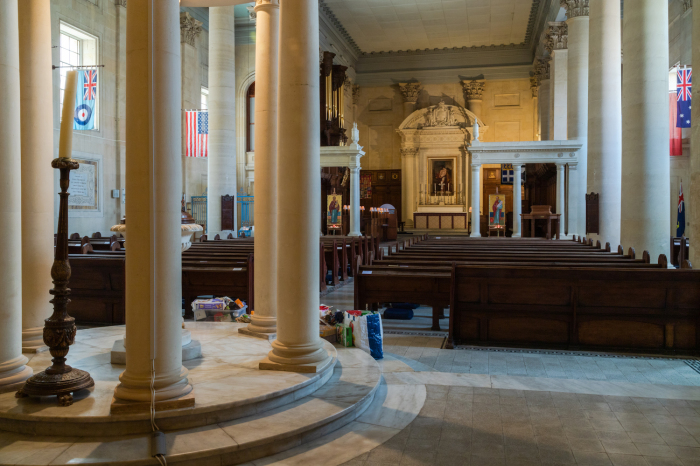Travel: 3 overlooked places to visit this winter
Forget a beach vacation this winter.
Instead, plan a trip to one of the following three places.

Malta
Malta has been at the crossroads of civilizations and conquests for several thousand years.
Part of the rich history and heritage includes biblical history. St. Paul the Apostle was shipwrecked here on his way back to Rome to stand trial in the year 60.
The tiny island-republic in the Mediterranean Sea, located about 100 miles from Italy’s Sicily, punches well above its weight with plenty for visitors to see, do, drink and taste over a short visit of just three or four days.
Valletta, Malta’s capital and main city, is where most of the tourists seem to go.
Amid all the hustle and bustle, the Pro-Cathedral and Collegiate Church of St. Paul is largely overlooked — receiving just a fraction of the visitors that its Roman Catholic rival, St. John’s Co-Cathedral, gets on any given day. With its fine neoclassical architecture, the Church of England (Anglican) cathedral, which owes its existence to Dowager Queen Adelaide in 1839, wouldn’t be out of place in London.
Stay at The Phoenicia, a landmark hotel that’s hosted a who’s who of guests for decades.

Lubbock, Texas
If Lubbock is known, it’s probably known as the home of Texas Tech — the college where the late Bobby Knight finished his basketball coaching career.
What most people don’t realize is this city in the high plains of Texas is surrounded by an overlooked wine area. In fact, the vineyards of the Lone Star State rank fifth-in-the-nation in terms of annual wine production.
Unlike other off-the-map appellations, winemakers in the Texas High Plains AVA use vitis vinifera grapes. In simpler words, think wine produced from the same kind of grapes as places with more established or celebrated wine industries. You won’t find foxy wine from hybrid grapes.
Some of the leading producers are Llano Estacado Winery (Llano is pronounced “yanno”), English Newsom Cellars and McPherson Cellars.
Book a room at the newish Cotton Court Hotel.

Gloucester, England
Most visitors to this part of England spend their time in the storybook Cotswolds region. As a result, they miss out on Gloucester.
The splendidly named Cathedral Church of St. Peter and the Holy and Indivisible Trinity, or Gloucester Cathedral as it’s usually called, is the big draw.
The Roman Catholic abbey-turned-Church of England (Anglican) cathedral at the Reformation might look instantly familiar to visitors as it’s been a popular film and television location.
Architecturally, the styles range from Anglo-Saxon to Norman to perpendicular Gothic. Of note are several monuments, including the canopied effigy and tomb of Edward II, king of England from 1307 until his abdication in 1327. The great east window is also truly great. As big as a tennis court, it was supposedly the largest window in the world at the time of its installation in the 1350s.
Another notable part of Gloucester’s religious heritage is St. Mary-de-Crypt, a church with important Methodist connections. It was here where evangelist George Whitefield, who co-founded Methodism with the Wesleys, first preached in 1736. On top of that, the Sunday school movement was also founded in Gloucester by Robert Raikes, a contemporary of Whitefield.
For hotel accommodation, the Premier Inn in the redeveloped quayside area is recommended.
Dennis Lennox writes a travel column for The Christian Post.
Dennis Lennox writes about travel, politics and religious affairs. He has been published in the Financial Times, Independent, The Detroit News, Toronto Sun and other publications. Follow @dennislennox on Twitter.





























